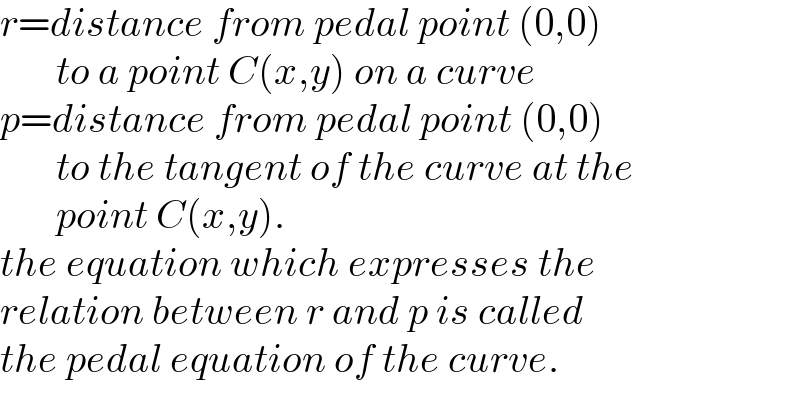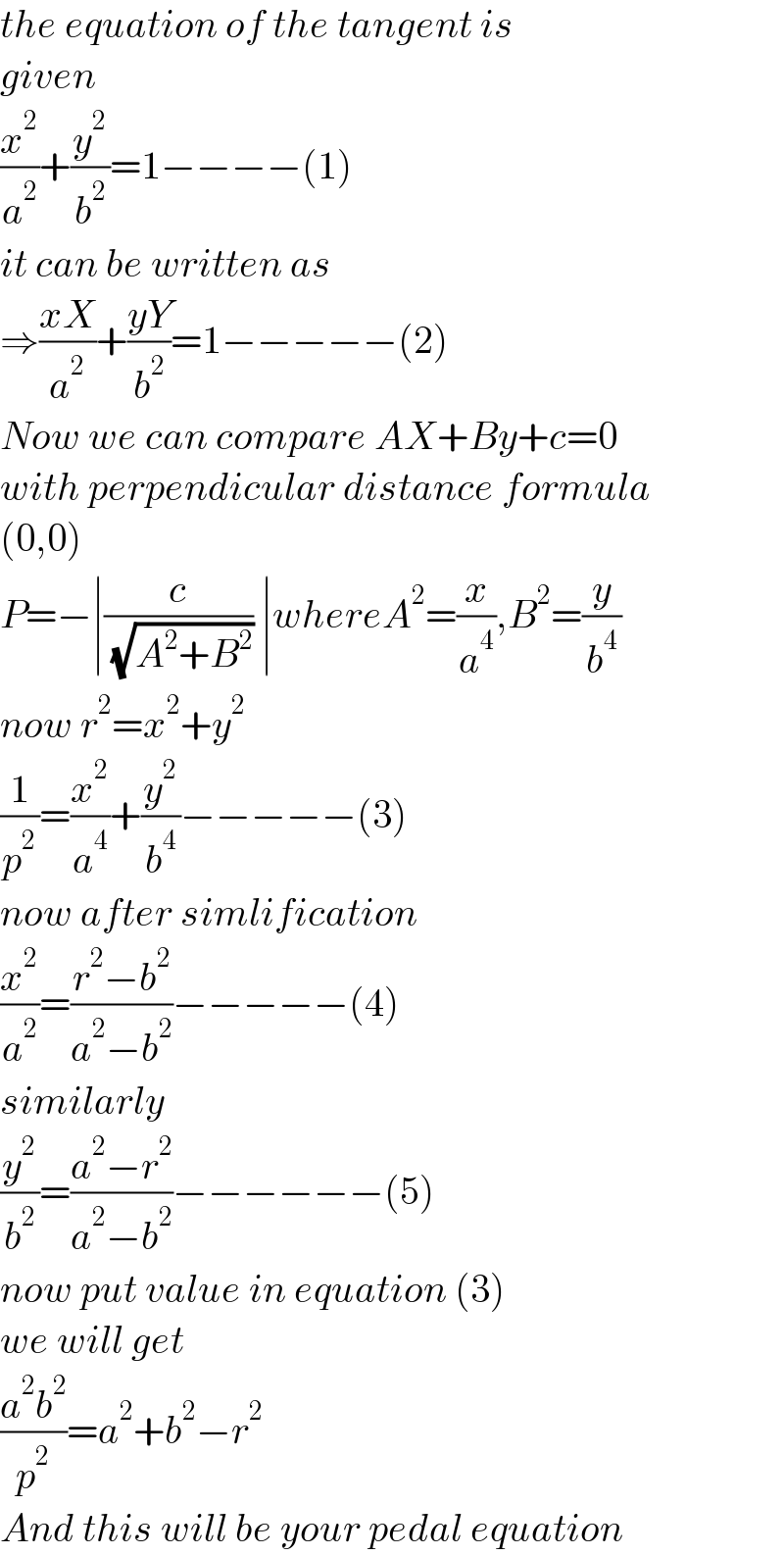
Question and Answers Forum
Question Number 128892 by n0y0n last updated on 11/Jan/21

Commented by mr W last updated on 11/Jan/21

Commented by bemath last updated on 11/Jan/21

Commented by mr W last updated on 11/Jan/21

Answered by BHOOPENDRA last updated on 11/Jan/21

